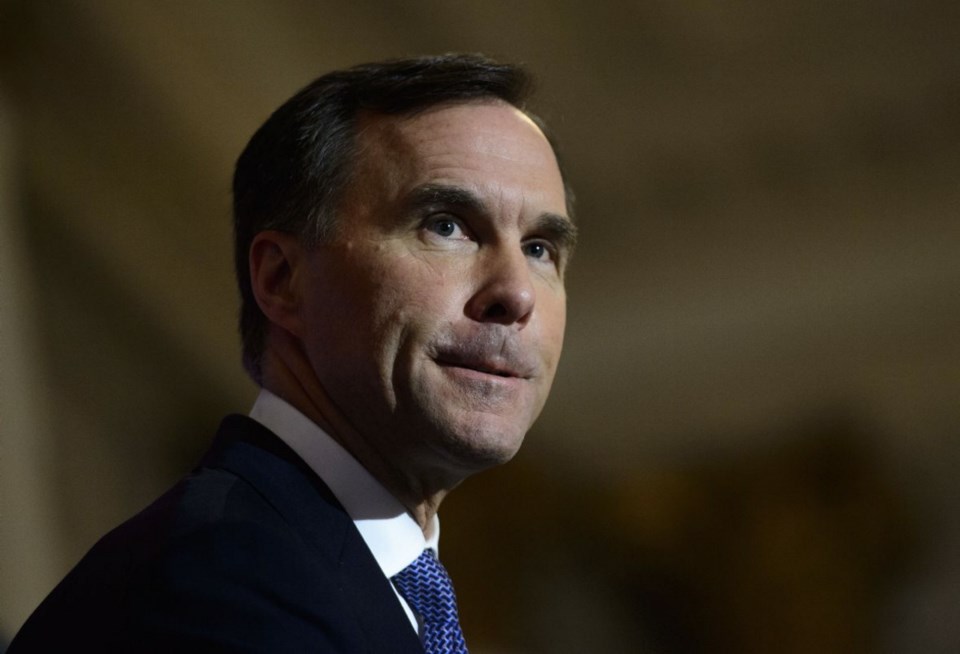The new federal budget includes a plan for Canada’s housing agency to offer interest-free loans to first-time homebuyers, but mortgage brokers, real estate agents and economists say it will do little to get millennials into the housing market.
Through the First Time Home Buyer Incentive, the Canada Mortgage and Housing Corp. will provide up to 10 per cent funding for mortgages on new builds and up to five per cent on existing homes.
The incentive applies to prospective buyers with an annual household income of less than $120,000 and a five per cent down payment.
However, the program is capped at four times the homebuyer’s annual income, which means it will only apply to homes where the mortgage value plus the CMHC loan is $480,000 or less.
Victoria mortgage specialist Charlotte Ray said the biggest hurdle young people face when buying their first home isn’t coming up with the down payment, it’s passing the stress test introduced by the government in 2018 to ensure that Canadians can keep up with their mortgage payments amid rising interest rates.
Ray said getting a loan for a down payment, even an interest-free one, is considered a liability for first-time homebuyers.
“The government would have been better off easing the stress test or increasing the maximum amortization period from 25 to 30 years,” said Ray, who sees similarities between the CMHC loans and the now-defunct first-time homebuyers’ loan scheme introduced by the previous B.C. Liberal government.
Under that program, first-time buyers were eligible for a $37,500 loan that was interest-free for the first five years. Few people bought in — just 3,850 signed up before the B.C. NDP government scrapped it as of March 31, 2018.
Cheryl Woolley, president of the Victoria Real Estate Board, said capping the mortgage amount at $480,000 means anyone looking for a single-family home in Victoria won’t benefit.
The benchmark price for a single-family house in the capital region was $742,000 in January. In the region’s core, which includes Oak Bay, Saanich, Victoria, Esquimalt and View Royal, the benchmark price was $847,800.
“We do have concerns it might put more pressure on the lower end of the market,” Woolley said. “If there’s more demand for that lower-priced product, it might push prices up.”
Alex Hemingway, economist with the B.C. branch of the Canadian Centre for Policy Alternatives B.C., said instead of encouraging Canadians to take on more debt, the federal government should be investing in purpose-built rental units to improve affordability.
“The approach of trying to improve housing affordability by extending credit further doesn’t really speak to the needs of people who have been squeezed out of this market,” said Hemingway, himself a millennial and a renter.
Mortgage specialist Scott Travelbea said one positive announcement by the federal government is the increase in the amount a first-time buyer can withdraw from an RRSP without penalty: $35,000, up from $25,000.
The interest-free loan scheme will marginally decrease homeowners’ monthly mortgage payments, but will not increase their buying power, because they still have to qualify for a mortgage based on income and the stress test, he said.
The government has also been vague on details about how the CMHC will recoup the loan — whether it will take five to 10 per cent of the price of the home when it’s eventually sold, or just the initial loan amount at the time of purchase. “To introduce something like that without a degree of clarity can cause confusion and frustration for people,” Travelbea said.



